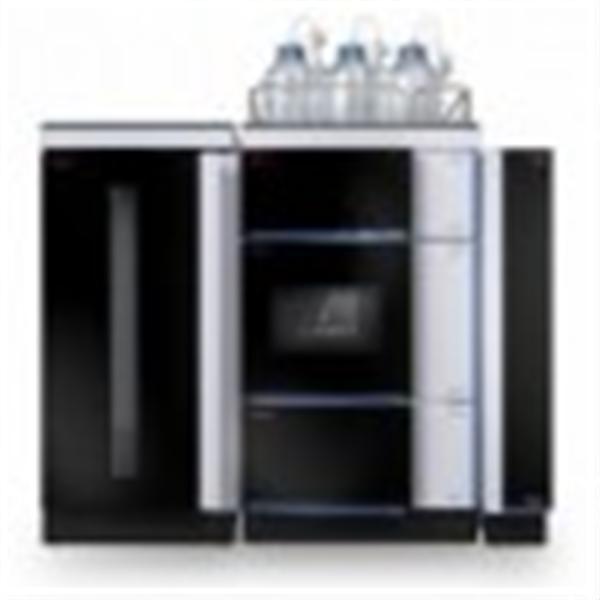High performance liquid chromatography and gas chromatography comparison - Database & Sql Blog Articles
Our supply includes a wide range of analytical instruments such as mineral oil analyzers, food flavor analyzers, liquid chromatography ion mobility spectrometers, ROHS environmental detectors, X-ray fluorescence spectrometers, alloy analyzers, safe fire 3C certified hydrogen equipment, elemental analyzers, heavy metal analyzers, metal element analyzers, full spectrum direct reading spectrometers, XRF coating thickness gauges, Fourier transform spectrometers, ICP plasma spectrometers, GC-MS gas chromatographs, AAS atomic absorption spectrophotometers, AFS atomic fluorescence spectrometers, HPLC high-performance liquid chromatographs, ICS ion chromatographs, UV spectrophotometers, analytical balances, ultra-pure water systems, microscopes, scanning electron microscopes, sample preparation equipment for scanning electron microscopy, ion milling instruments, metallographic sample preparation tools, and more. We also offer a comprehensive "one-stop" EU environmental testing solution, including safety fire 3C certification, halogen-free laboratories, ROHS2.0 labs, and EU REACH labs. HPLC, or High-Performance Liquid Chromatography, is a powerful analytical technique used to separate, identify, and quantify components in a mixture. The principles of retention time, partition coefficient, plate height, resolution, selectivity, and other related terms are similar to those in gas chromatography. The theoretical basis of HPLC, such as the plate theory and the rate theory, aligns with that of gas chromatography. However, instead of using a gas as the mobile phase, HPLC uses a liquid. This change affects the rate equation, which is expressed as H = A + B/u + Cu. In gas chromatography, the term B/u (longitudinal diffusion) has a significant impact on the plate height, but in HPLC, since the diffusion coefficient of solutes in the liquid is much lower than in gases, this term becomes negligible. Instead, the mass transfer term Cu plays the dominant role. As the flow rate increases in gas chromatography, the plate height rises significantly, reducing column efficiency. In contrast, in HPLC, increasing the flow rate results in only a slight increase in plate height, meaning the column efficiency remains relatively stable. This makes HPLC highly efficient for separating complex mixtures. HPLC is particularly effective for analyzing polar, high-molecular-weight, and ionic compounds. Columns can achieve up to 30,000 plates per meter, with typical lengths ranging from 20 to 25 cm. Advances in stationary phases have even allowed columns as short as 3 cm, with theoretical plate numbers reaching 3,000 to 4,000, which is sufficient for most analytical needs. HPLC offers high-speed analysis, low-pressure requirements, and excellent precision, often performed at room temperature without the need for extensive sample preparation. For more information, contact Mr. Hu at 158-6999-6255 or via QQ: 122-600-6936. Liquid chromatography is especially suitable for substances that are difficult to vaporize, non-volatile, or heat-sensitive, such as large molecules, ionic compounds, and polymers. It accounts for approximately 70–80% of organic compound analyses. Unlike gas chromatography, where the mobile phase consists of inert gases that do not interact with the sample, liquid chromatography uses various solvents and aqueous solutions as the mobile phase, which do interact with the sample. This interaction allows for greater flexibility in selecting the mobile phase, enabling better control over separation efficiency and selectivity. By combining different solvents in varying proportions, the selectivity of the separation can be further enhanced. High-performance liquid chromatography (HPLC) is widely used for challenging separations. Depending on the separation mechanism, it can be categorized into several types, including liquid-solid adsorption chromatography, liquid-liquid partition chromatography, ion exchange chromatography, and gel permeation chromatography. In liquid-solid chromatography, the column is packed with a solid adsorbent, and separation occurs based on differences in adsorption capacity. In liquid-liquid partition chromatography, the stationary phase is a liquid coated on an inert support, and the mobile phase carries the sample through the column, allowing for equilibrium between the two phases. Normal-phase chromatography uses a non-polar mobile phase and a polar stationary phase, while reversed-phase chromatography uses a polar mobile phase and a non-polar stationary phase. Ion exchange chromatography separates ions based on their charge, while gel permeation chromatography separates molecules based on size. Among these, liquid-liquid chromatography is the most commonly used due to its versatility and effectiveness in a wide range of applications. Tension Sensor,Miniature Tension Sensor,Aluminum Tension Sensor,Miniature Tension Pressure Sensor Xiaogan Yueneng Electronic Technology Co., Ltd. , https://www.xgsensor.com